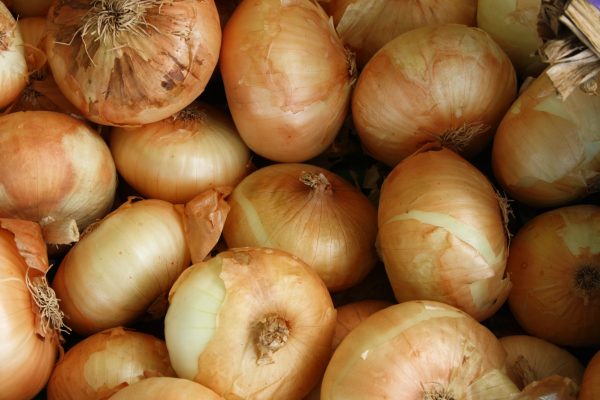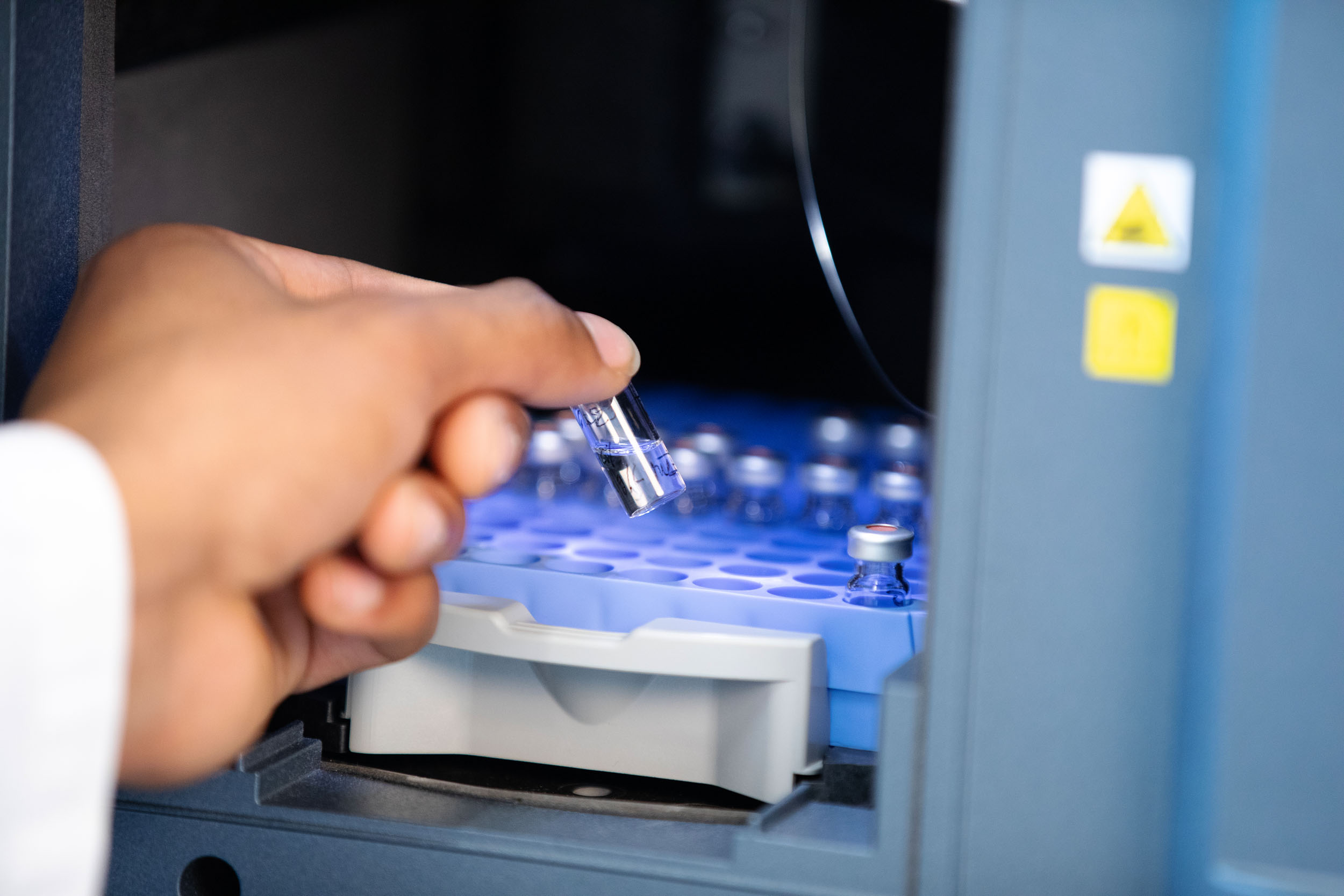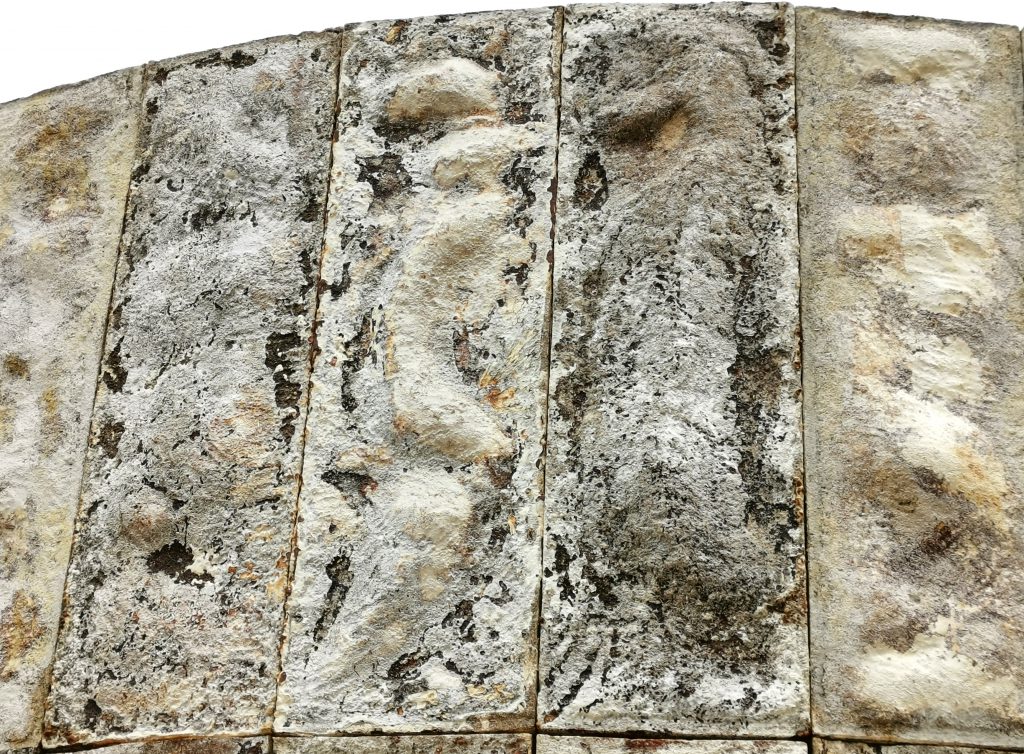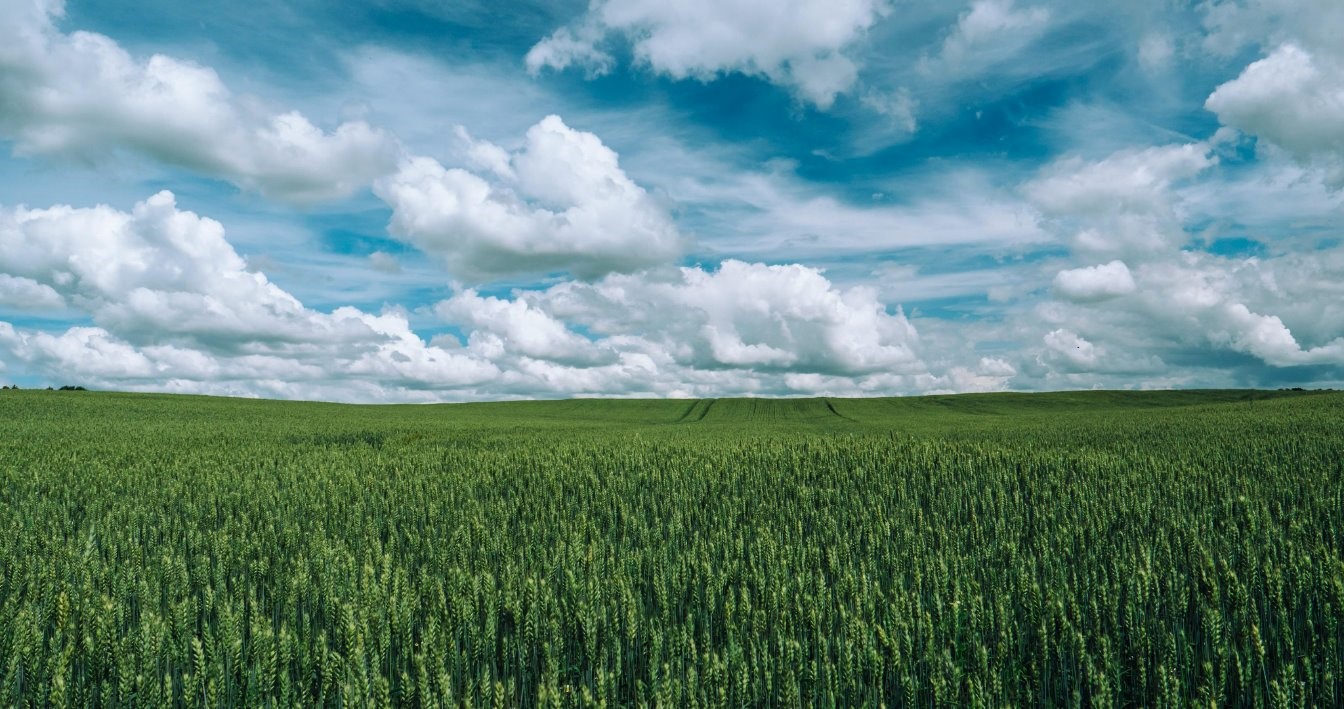Residual flow from onion processing is very valuable
The residual flow from onion processing mainly consists of the brown skin and the outer layers of onions. These contain many interesting components such as dyes, antibacterial substances, moisture-absorbing fibers and antioxidants and are used at the top of the biobased pyramid (Meeusen et al. 2008). An example is quercetin, a flavonoid from the outer dry husks, which as an ocher yellow dye has been used for centuries for dyeing wool.
A lot of research has been done on the use of quercetin and other flavonoids from onions in foods because of the possible positive health effects. Research into non-food applications is limited to textile dyeing. The same goes for the fibers in the onion skins. Application research mainly focuses on food applications such as low calorie supplements. Little research has been done into the addition of onion fibers in materials such as paper and cardboard.
Application in paper and cardboard
There are two drivers for research into applications in materials. Firstly, the product properties such as purity and characterization are less strict for non-food applications than for applications in food, making refining of the residual flow easier. Second, there is a great need for biobased additives due to the growing demand for biobased products.
The Waardevol-UI project aims to contribute to the development of knowledge on possible non-food applications. The first concrete goal is the evaluation of the application possibilities in paper and cardboard.
20160901 until 20170801







